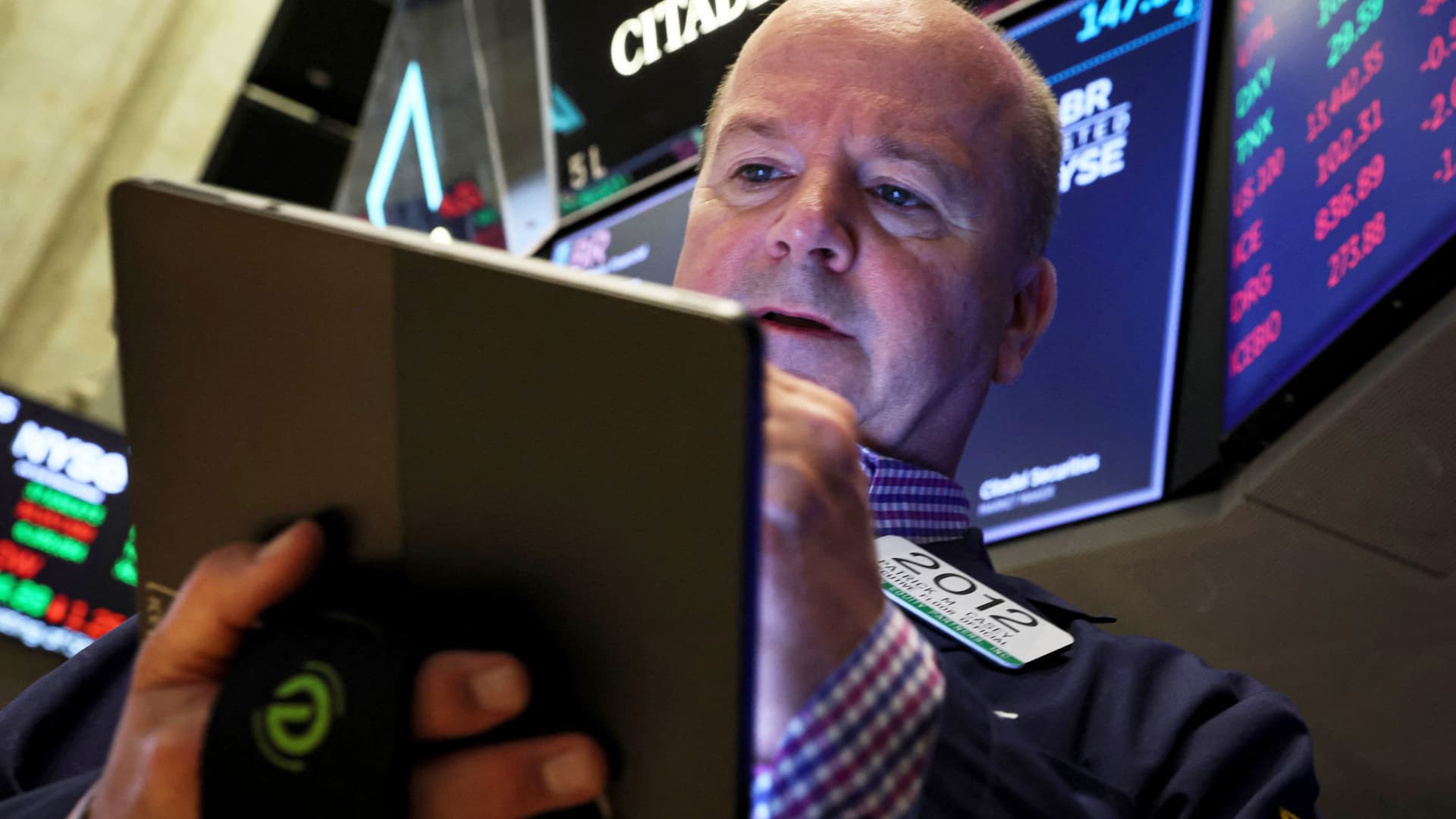Futures are up , and Hong Kong is staging a rally, largely on indications that the reopening in China is continuing. That’s good news, but if the market is really going to put in a bottom we need more optimistic news on the other big macro issues: inflation and Ukraine/Russia. This Friday’s consumer price index report will be the big economic data point for the week. Given Friday’s decline, instead of asking “Is this the bottom?” You could just as easily ask, “How much upside potential is left?” Investors are now starting to value stocks off of 2023 earnings estimates. Another 10% increase in earnings is expected next year, and at current estimates the S & P 500 is valued at roughly 17 times those 2023 estimates. That is about an average multiple for the S & P, not too hot or too cold. In other words, the S & P is not particularly cheap or expensive, but it still may not be compelling enough to elicit more buying, given that no one knows what the inflation pictures looks like. Can we trust the estimates? That murkiness makes those 2023 estimates look very untrustworthy. Much of the nearly 10% increase in the S & P 500 since the May 20 intraday bottom is based on the idea that the Federal Reserve may not be as aggressive in the second half of the year. Friday’s jobs report seem to reduce the chances of that happening, and even if it is true it is now clearly priced in the market. “Friday’s decline was a reminder that the trend is still not our friend for the broad market,” Sam Stovall from CFRA said this morning. What is remarkable is how consistent the sector rotation has been this year, when you look across different geographic groups. Stovall notes the defensive/inflation-hedge groups (consumer staples, energy, materials, and utilities) have outperformed, while the high P/E growth groups(communication services, consumer discretionary, industrials, and information technology) have been the underperformers. “This sector rotation has been fairly consistent, no matter which region (U.S., Canada, Europe, or Asia) or size (large-, mid-, or small-caps) evaluated,” Stovall said.

